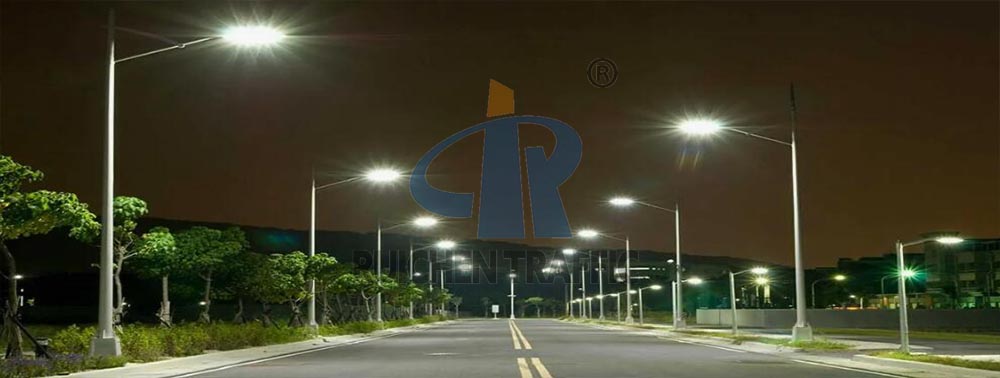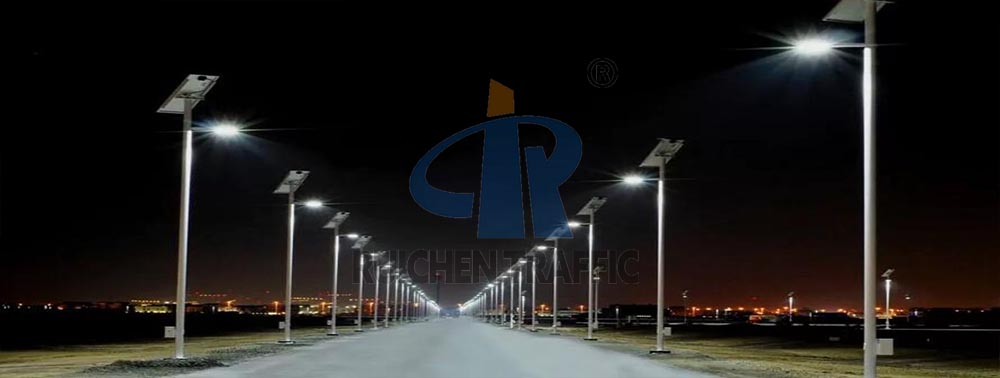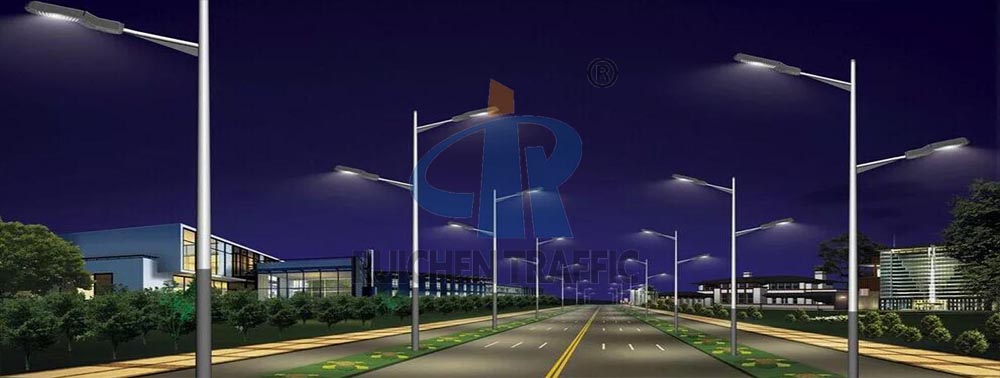The lifespan of
Solar Street Lights mainly depends on the lifespan of its various components, including solar panels, LED lights, batteries and controllers. Generally speaking, the lifespan of solar panels is around 10 to 20 years, the lifespan of LED lights is more than 50,000 hours, the lifespan of batteries is more than 5 years, and the lifespan of controllers is around 8-10 years. All things considered, the lifespan of
Solar Street Lights is around 5 to 10 years.
In addition, the lifespan of
Solar Street Lights is also affected by other factors, such as the use of the environment, the use of the way, product quality and so on. Therefore, when choosing
Solar Street Lights, you should choose products with reliable quality and stable performance, and pay attention to the correct way of use and maintenance to extend its service life.

Overall,
Solar Street Lights has a long service life and low maintenance cost, and is an environmentally friendly, energy-saving lighting method widely used in urban roads, parks, squares and other places.
The installation of
Solar Street Lights needs to pay attention to the following issues:
1. Installation location:
Solar Street Lights' panels need to face the south direction to maximize the absorption of light energy. At the same time, avoid installing around tall buildings, plants, utility poles, etc., to ensure that the light source is illuminated for a long period of time. In addition, the installation height and spacing of the streetlights need to be calculated according to the width of the road and the height of the poles to ensure that there are no shadows in the center.
2. Foundation construction:
Solar Street Lights need a stable foundation to support them, and the construction of the foundation should take into account factors such as soil type and geology. At the same time, the depth and strength of the foundation should also be designed according to the local climate conditions and wind load and other factors.

1. Cable selection and wiring: The cables of
Solar Street Lights should be selected with good performance of high temperature resistance, cold resistance, corrosion resistance, flame retardant, etc., and the appropriate cable cross-section and length should be selected according to the power and voltage of the street lights. When wiring, make sure the connection is firm to avoid poor or loose contact leading to short circuit or leakage and other faults.
2. Debugging and acceptance:
Solar Street Lights should be debugged after the installation is completed to ensure that the brightness, color temperature and other parameters of each street light meet the requirements. At the same time, it is also necessary to check whether the function of the intelligent control system is normal. When installing and accepting, you need to check whether the street light poles, irradiated lamps, battery panel components, lamp controllers, batteries, etc. are in line with the design requirements, and test run to see whether they meet the expected height, lighting brightness, and so on.

Safety: When installing
Solar Street Lights, be sure to make warning reminders on both sides of the installation route to inform pedestrians to pay attention to safety. At the same time, you should do a good job of protecting yourself by bringing insulated gloves and wearing insulated shoes to avoid accidents at the construction site.
In conclusion, the installation of
Solar Street Lights requires attention to a number of aspects, including installation location, foundation construction, cable selection and wiring, commissioning and acceptance, and safety issues. Proper installation and maintenance can ensure the normal use of
Solar Street Lights and extend their service life.


